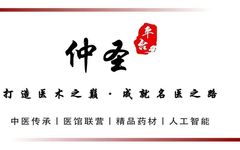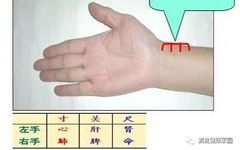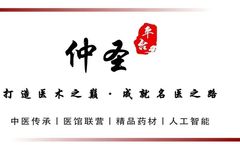Comprehensive Summary of Pulse Patterns in Shang Han and Jin Gui
The diagnostic significance of pulse patterns may seem straightforward at first glance: floating pulse indicates exterior conditions, deep pulse indicates interior conditions, slow pulse indicates cold, rapid pulse indicates heat, weak pulse indicates deficiency, and full pulse indicates excess. Historical texts and textbooks on pulse diagnosis generally agree on these points, suggesting little need for … Read more









